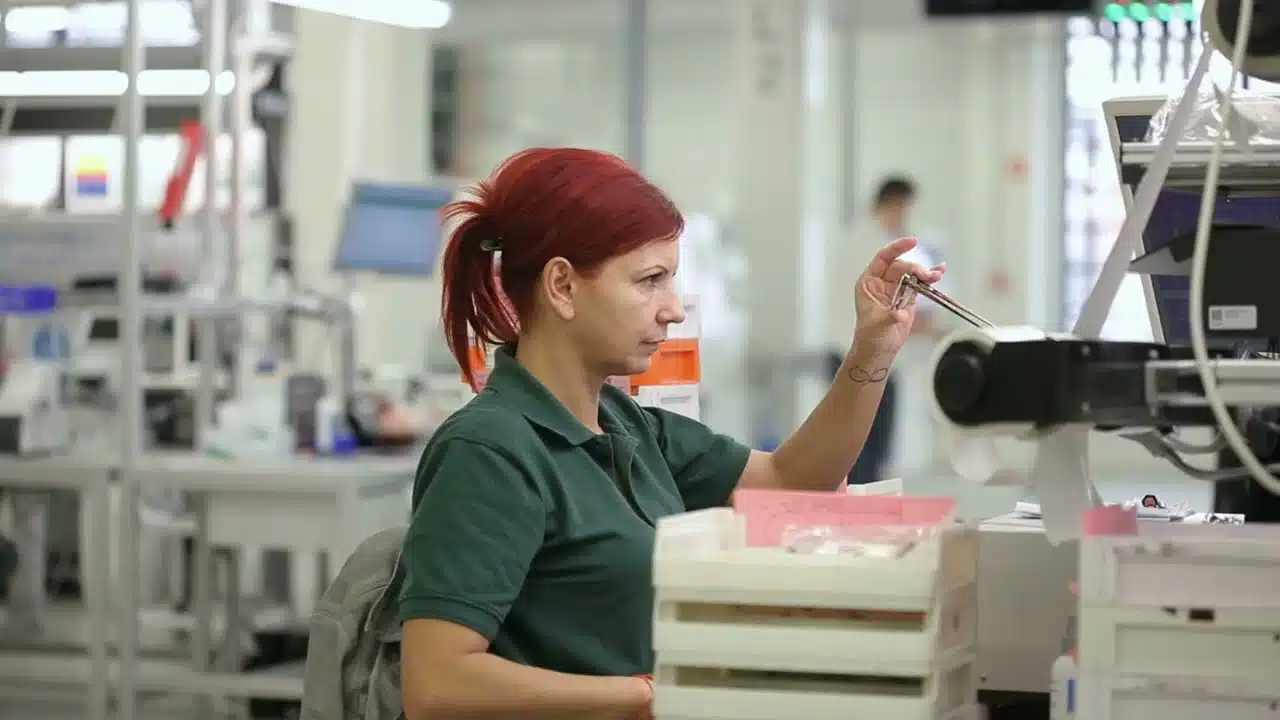Did you know? This is how the Metropolitan Judgment Board works (Hun)
The building of the Metropolitan Court is located in Markó Street, District V, under number 27. The building was built between 19 April 1888 and 1 August 1890 according to the plans of Alajos Hauszmann and Ferenc Jablonszky, with the construction of József Pucher.
Articles 25-28 of the Basic Law on the courts of Hungary The first three paragraphs of Article 25 define the role of the court and the matters falling within the court’s decision-making power. According to this, the courts carry out judicial activity. The court also decides in criminal cases, private law disputes, other matters specified by law, the legality of administrative decisions, the conflict and annulment of a municipal decree with other legislation, and a finding of failure of a local government to legislate.
The courts are independent, politically and ideologically neutral, independent authorities in the administration of justice.
In the Paleolithic, the Danube built its tributaries freely on the Pest Plain. It can be assumed that the current location of Markó Street was once an island.
In the Middle Ages, there were small settlements in this area, one of which was called Jenő. Between the city of Pest and these villages were uncultivated areas.
After the expulsion of the Turks, roads and flood defenses were built nearby. A II. The New Building, built by József, moved south of the current location of the street because it provided a good opportunity for military exercises as a disused area.
The plots were divided only in the 19th century, when houses appeared south of the New Building. At the time of the unification of Pest and Buda, the land development extended to the line of the current Szent István körút, and even beyond. From 1879, the streets had a Hungarian name, but no houses stood there, only empty plots and fences. However, the house numbering was already done at this time.
In the last half of the century, houses stood only south of today’s Constitution Street, while factories stood in the north: the Valero silk factory, Joseph and the Hagenmacher steam mill. Initially, it only made sense to build houses on the side facing Terézváros (at the end of the street at the corner of Bajcsy-Zsilinszky út in 1865 and 1870, respectively).
We also know of two railway sidings. It ran from one of the north along the line of today’s Szemere Street and ended at Markó Street (Vizafogó railway line: it still existed in 1896). The Hagenmacher mill and the First Pest Rolling Mill (on both sides of the street) served this purpose. The other industrial track was detached from the rails of the Pest booth, serving the Sugar Factory and the József Rolling Mill (where the Ministry of Defense currently stands).
The construction of the area started at the encouragement of the enthusiastic citizens of Lipótvátos, including Miksa Falk. The planning and construction of the Parliament gave impetus to this, but at the same time it significantly changed the settlement structure (for example, it divided Nádor Street in two).



![DENNIS CRUS teltház előtt játszott a bajai halfesztiválon [MAGYAR FELIRAT]](https://weblockmedia.co.uk/wp-content/uploads/2023/06/dennis-crus-telthaz-elott-jatszo.jpg.webp)






